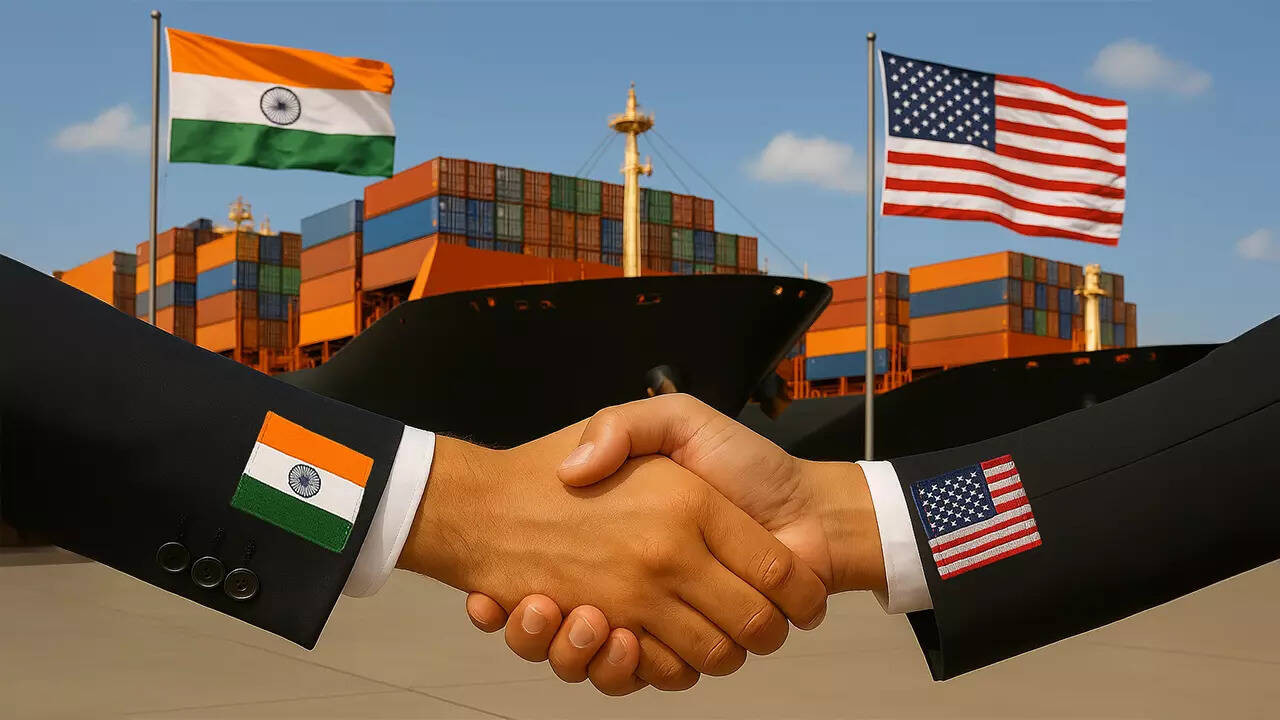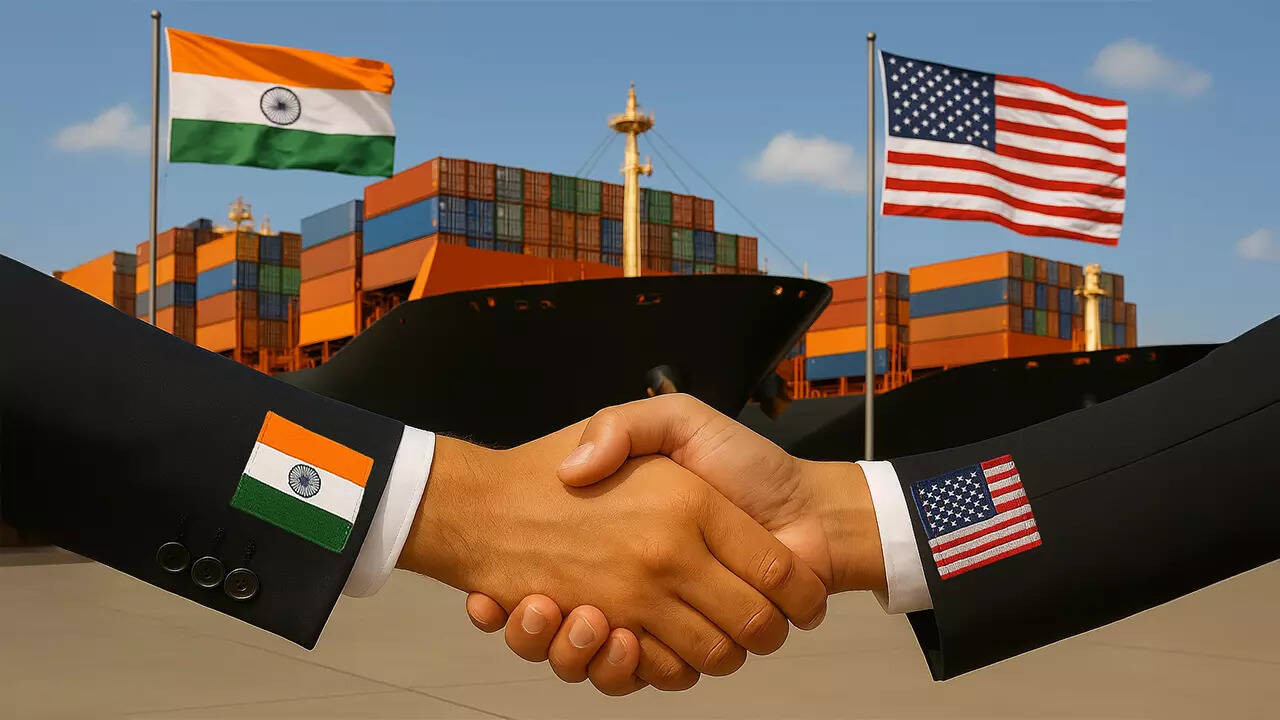The United States is considering an interim trade agreement with India, potentially setting tariffs below 20%, a more favorable position than other regional nations. While many countries face tariff hikes, India may avoid a formal notice.
A Potential Tailwind for Indian Exports: US Tariff Cuts on the Horizon?
The winds of trade are shifting, and India might be in for a smoother sailing experience in its dealings with the United States. Whispers out of Washington suggest the Trump administration is considering slashing tariffs on Indian goods to below 20%. Such a move, if it materializes, would significantly boost India’s competitive edge in the vast American market. Let’s unpack what this could mean.
For years, tariffs have acted as a headwind, making Indian exports comparatively pricier than those from countries with more favorable trade agreements. Lowering these barriers would be akin to removing a weight from a runner’s back, allowing Indian businesses to sprint ahead in key sectors. Sectors like textiles, agricultural products, and certain manufactured goods could see a surge in demand, translating to increased production, job creation, and overall economic growth. This potential shift is certainly welcome news for Indian exporters who have been navigating a complex and often challenging global trade landscape.

How Does This Compare? A Favorable Position for India
The real story here isn’t just about lowering tariffs, but about relative advantage. If the U.S. reduces tariffs specifically for India, or reduces them more significantly than for other nations, India gains a considerable advantage. It puts Indian businesses in a prime position to capture a larger slice of the American pie, potentially at the expense of competitors from countries facing higher import duties. It’s a zero-sum game where India could be a big winner. This scenario presents a strategic opportunity for Indian companies to aggressively pursue market share and establish a stronger foothold in the U.S. market.
Why the Change of Heart? Understanding US Trade Strategy
The motivations behind this potential shift in U.S. trade policy are multi-faceted. While the finer details remain under wraps, several factors likely play a crucial role. The United States has, for some time, been looking to diversify its supply chains and reduce dependence on specific countries, namely China. India, with its large manufacturing base and skilled workforce, naturally presents itself as a viable alternative.
Moreover, a stronger economic partnership with India aligns with the broader U.S. strategic goals in the Indo-Pacific region. Strengthening ties with a key ally like India makes good geopolitical sense. Lowering trade barriers can be seen as a gesture of goodwill, fostering closer cooperation on a range of issues beyond just economics.
Navigating the Road Ahead: Cautious Optimism
While the prospect of lower tariffs is undeniably exciting, it’s crucial to approach the situation with cautious optimism. Trade negotiations are complex and can be subject to unexpected twists and turns. It’s also important to consider how these shifts will impact different sectors within India. Policymakers and businesses need to proactively prepare for both the opportunities and the potential challenges that may arise.
For example, while some sectors might boom, others may face increased competition from cheaper imports. Adapting to these changes will require strategic planning, investments in innovation, and a focus on enhancing competitiveness across the board.
Consider reading more about the [impact of globalization on the Indian economy](internal-link-to-related-article).
The Bigger Picture: A Win-Win Scenario?
Ideally, a reduction in tariffs between the U.S. and India could pave the way for a more robust and balanced trade relationship. By lowering barriers, both countries can benefit from increased trade flows, investment, and economic growth. A level playing field encourages innovation and efficiency, ultimately benefiting consumers in both nations. Whether this translates into a true win-win scenario depends on how the details are negotiated and implemented. However, the potential is there. It’s a space to watch closely, with the potential to reshape the landscape of international trade and further cement India’s position as a global economic powerhouse.







